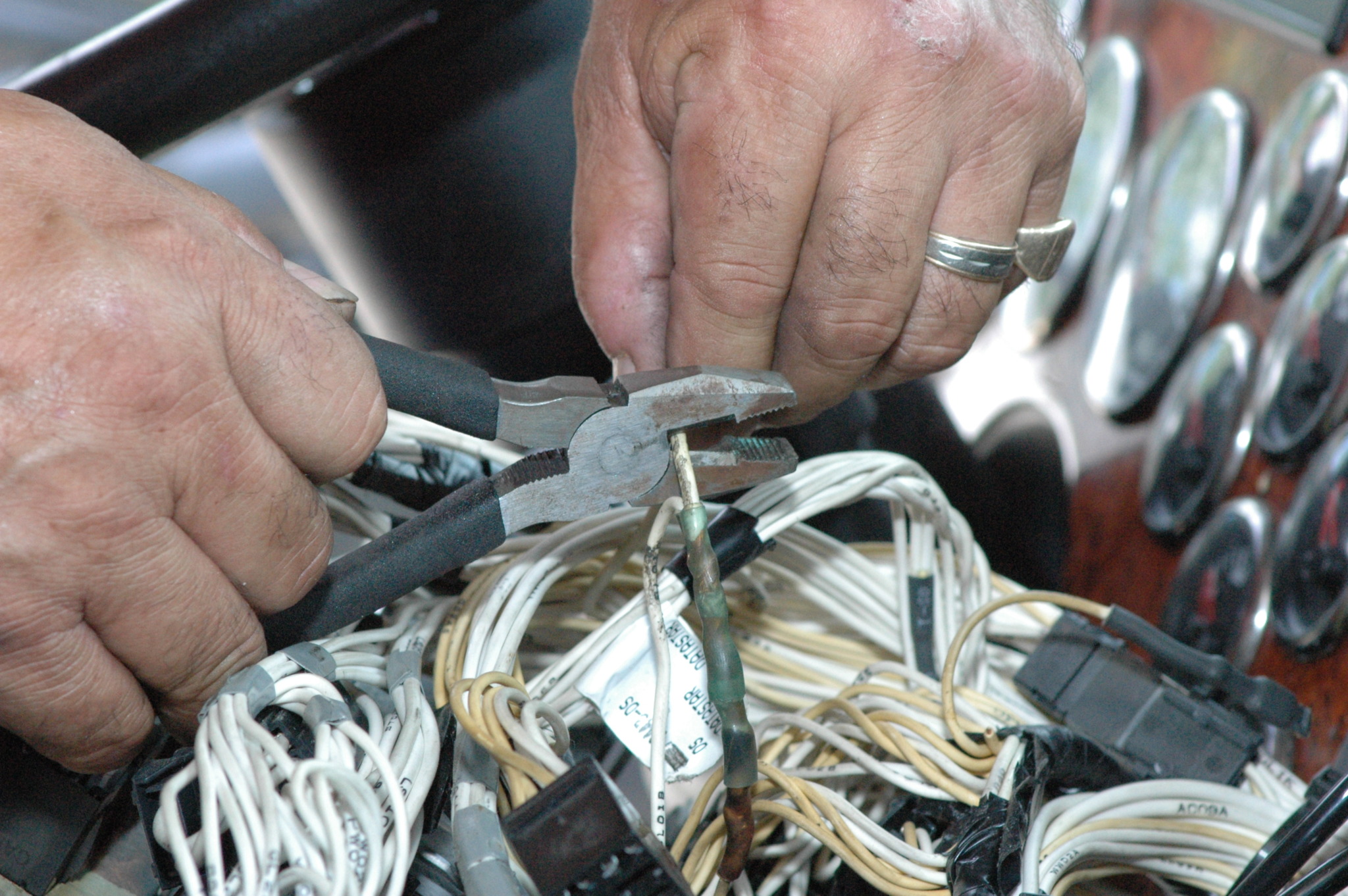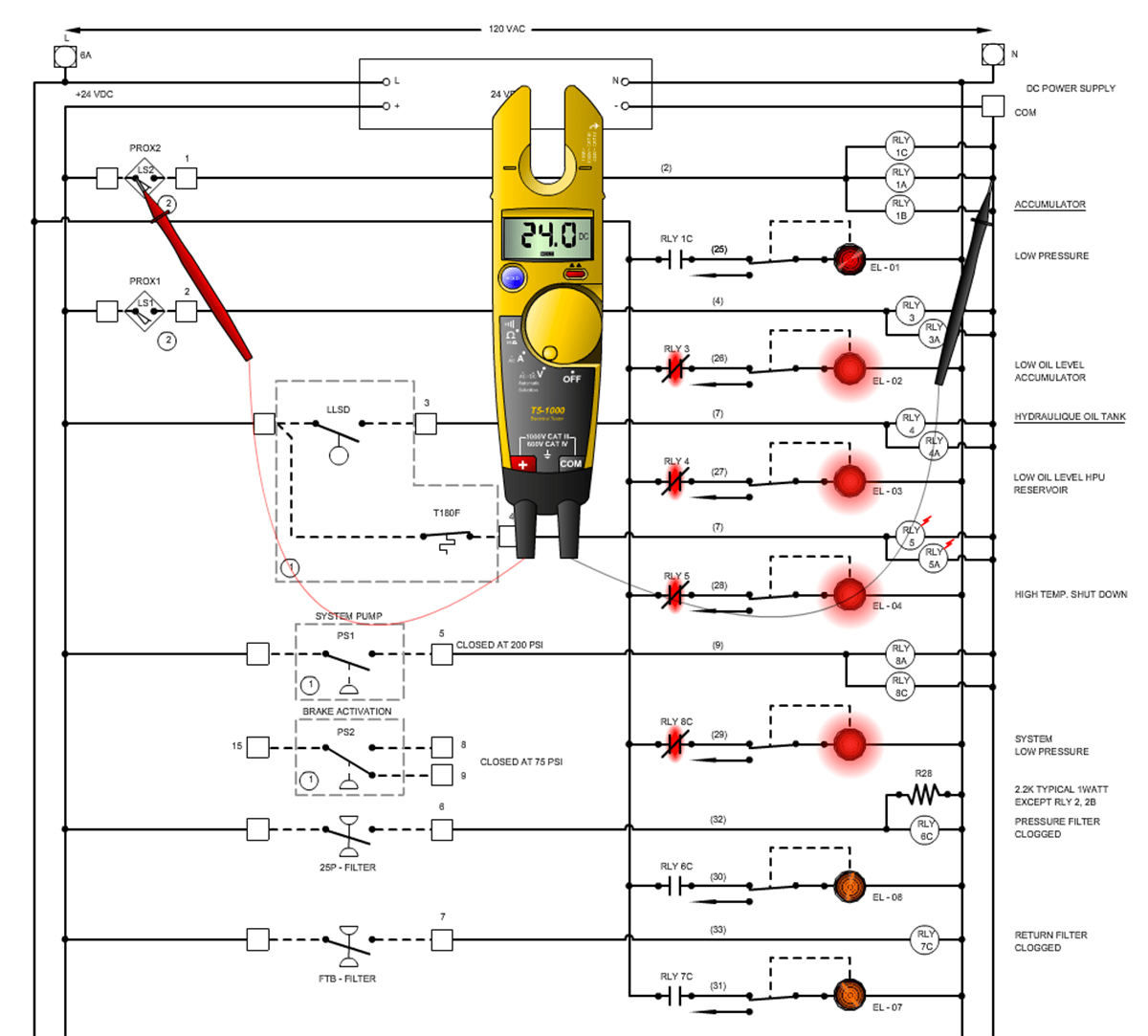Top Tips for Effective Electric System Troubleshooting
Fixing electric systems needs a systematic approach, grounded in a detailed understanding of electric concepts and security protocols. By acquainting oneself with circuit elements, making use of vital devices, and sticking to a structured evaluation approach, professionals can properly determine and resolve problems. The subtleties of reliable troubleshooting extend beyond plain technical expertise; comprehending just how to document searchings for and prioritize security can significantly influence end results. As we discover these vital aspects better, it becomes clear that understanding this process is not just helpful yet essential for success in the field.
Understand the Essentials
Recognizing the basics of electric systems is crucial for efficient troubleshooting, as a strong structure permits service technicians to identify and solve problems a lot more successfully. An extensive grasp of electric principles, such as voltage, existing, resistance, and power, is vital in recognizing the source of problems. Voltage is the electrical possible distinction that drives present through a circuit, while resistance opposes the circulation of existing, impacting the general functionality of the system.
Knowledge with circuit components, including resistors, capacitors, diodes, and switches over, is also critical. Each component plays a distinctive function in circuit actions and can impact efficiency when malfunctioning. Furthermore, understanding collection and parallel circuit setups is important, as these setups influence the circulation of voltage and current within the system.
Specialists have to be aware of potential risks, such as shock and short circuits, to execute safe troubleshooting practices. By grasping these fundamental principles, technicians boost their capacity to perform efficient diagnostics and repair services, ultimately leading to improved performance and dependability of electrical systems (electrical system troubleshooting).
Gather Necessary Equipment
Efficient troubleshooting of electric systems needs the best collection of devices to detect and resolve concerns accurately. A fully equipped specialist can dramatically improve efficiency and efficiency in identifying problems. Important tools consist of a multimeter, which determines voltage, current, and resistance, permitting accurate evaluations of electrical parts. Secure meters are additionally useful for determining present without disconnecting the circuit, ensuring safety and security and ease.
Additionally, shielded hand devices such as screwdrivers, pliers, and wire pole dancers are important for safely adjusting electrical links. It is likewise recommended to have a circuit tester accessible to validate the existence of voltage in electrical outlets and wires. For more complicated systems, a thermal imaging cam can assist detect overheating elements, indicating possible failures.

Adhere To a Systematic Method
Having actually collected the appropriate tools, the following step in troubleshooting electric systems is to comply with a methodical method. A methodical approach makes sure that specialists can determine faults effectively and precisely, reducing downtime and stopping unneeded repair services.
Begin by evaluating the system's schematic layouts and requirements. Recognizing the layout and functional specifications will certainly supply context YOURURL.com for identifying issues. Next, separate the trouble area by utilizing a procedure of removal. This entails monitoring each element systematically, starting from the power source and functioning towards the load.
Use testing equipment, such as multimeters and oscilloscopes, to collect objective information regarding voltage, current, and resistance at different points within the system. This empirical evidence will certainly direct your troubleshooting efforts and aid to verify or eliminate possible sources of failure.
In addition, think about environmental variables that may influence the system's efficiency, such as temperature level changes or dampness ingress. An extensive examination of circuitry, connections, and parts will ensure that all opportunities are represented.
Document Your Findings
Thorough paperwork is vital in the fixing procedure of electric systems. This practice not only help in understanding the root reason of the trouble but also serves as a reference for future fixing initiatives.

Additionally, keeping a log of components changed or repair services done is vital. This info supports supply monitoring and can assist evaluate the long life and dependability of particular components.
Inevitably, the paperwork process need to be complete yet concise, making it possible for simple access and evaluation - electrical system troubleshooting. By prioritizing comprehensive documentation, technicians can develop a valuable data base that not only aids in present troubleshooting but additionally empowers future upkeep efforts, therefore enhancing overall system dependability

Prioritize Safety Actions
Acknowledging the integral risks connected with electric systems is crucial for making sure safety during troubleshooting. Electric shock, burns, and tools damage are simply a few of the possible dangers that technicians deal with. Focusing on precaution is not just a legal responsibility yet also a moral imperative that click to investigate safeguards both the specialist and the surrounding setting.
Prior to commencing any type of troubleshooting task, specialists need to put on suitable individual safety tools (PPE), including insulated handwear covers, safety and security glasses, and flame-resistant clothing. Guaranteeing that the workspace is completely dry and devoid of mess can considerably minimize the threat of crashes. It is necessary to de-energize circuits prior to starting any type of work, confirming that they are not live with the use of a multimeter or voltage tester.
Establishing clear interaction methods with employee is also vital; this ensures that everybody understands prospective risks and the status of the electrical system being serviced. Having an emergency situation response strategy in area can verify vital in the event of an incident. By prioritizing precaution, service technicians can efficiently reduce risks and cultivate a more secure work environment.
Conclusion
Efficient electrical system repairing depends on a comprehensive understanding of basic principles and a systematic method. By gathering vital tools, sticking to methodical assessment strategies, and carefully recording searchings for, the great post to read troubleshooting procedure ends up being extra reliable and trustworthy. Prioritizing precaution makes sure the well-being of people involved and the stability of the electrical system. Carrying out these strategies will certainly enhance the troubleshooting experience, bring about quicker resolutions and improved functional efficiency in electrical systems.